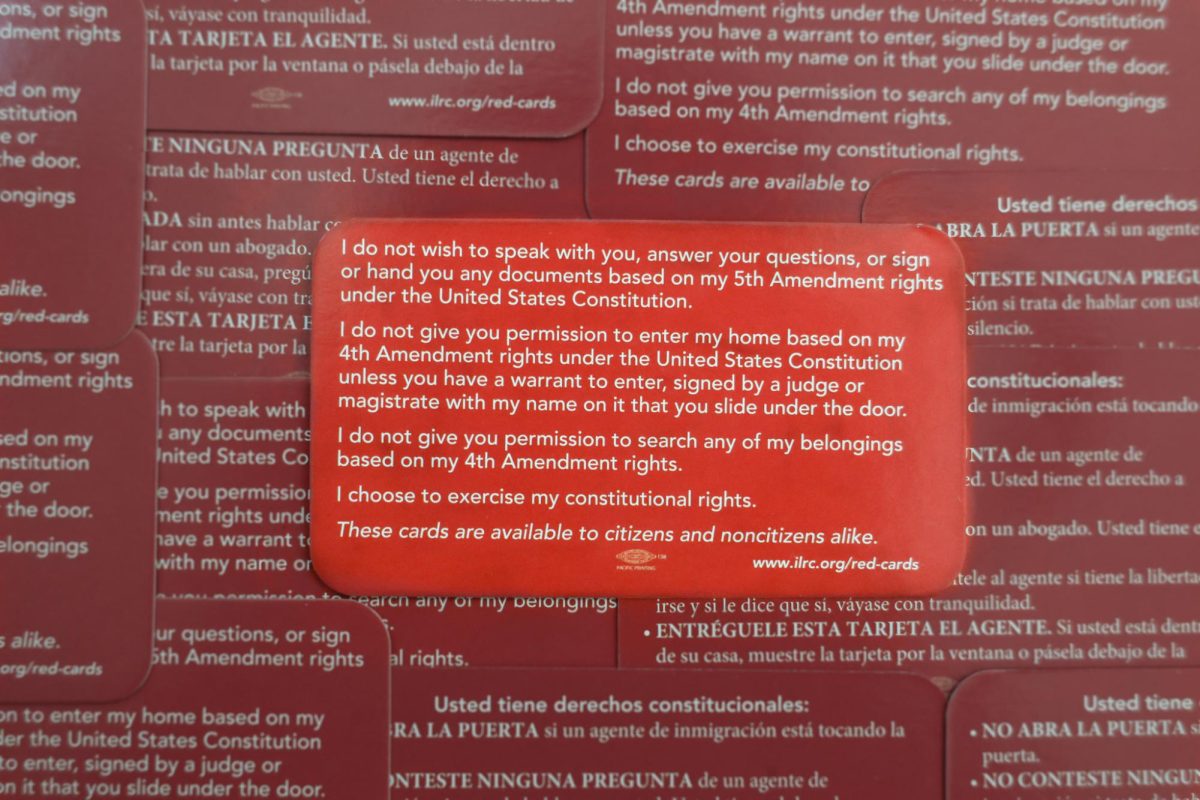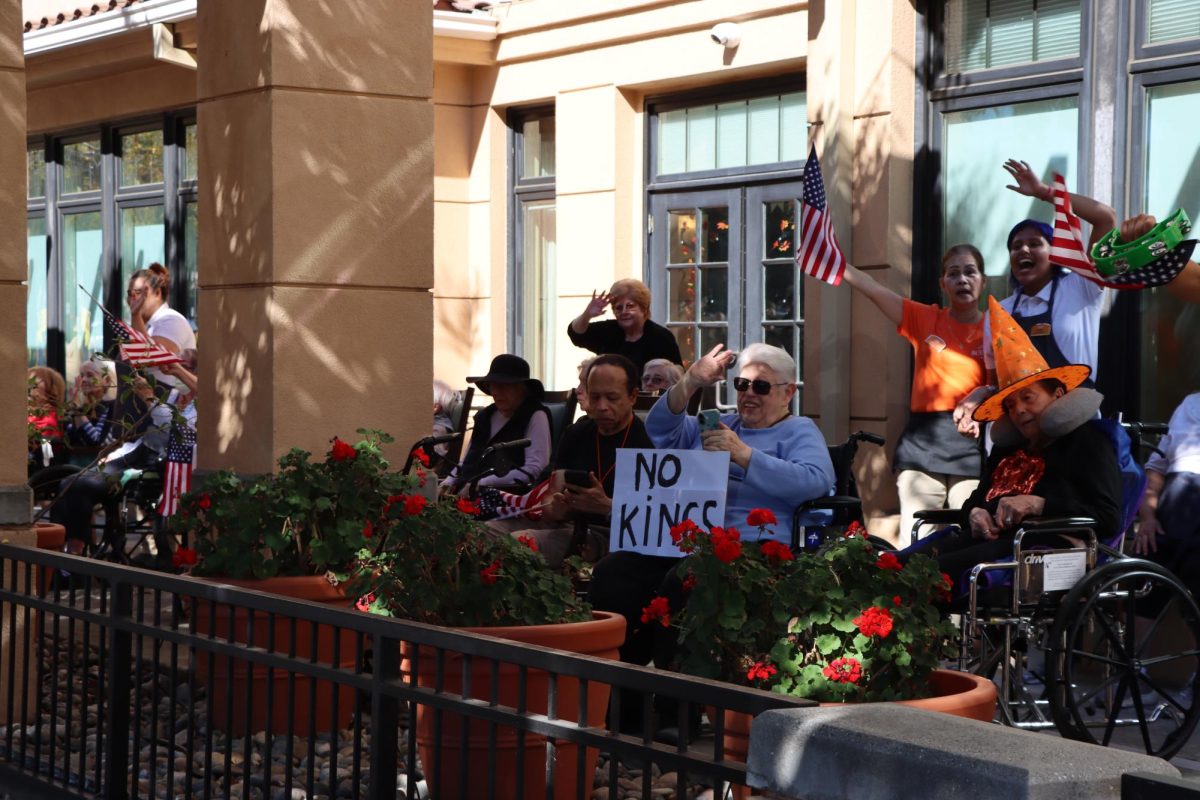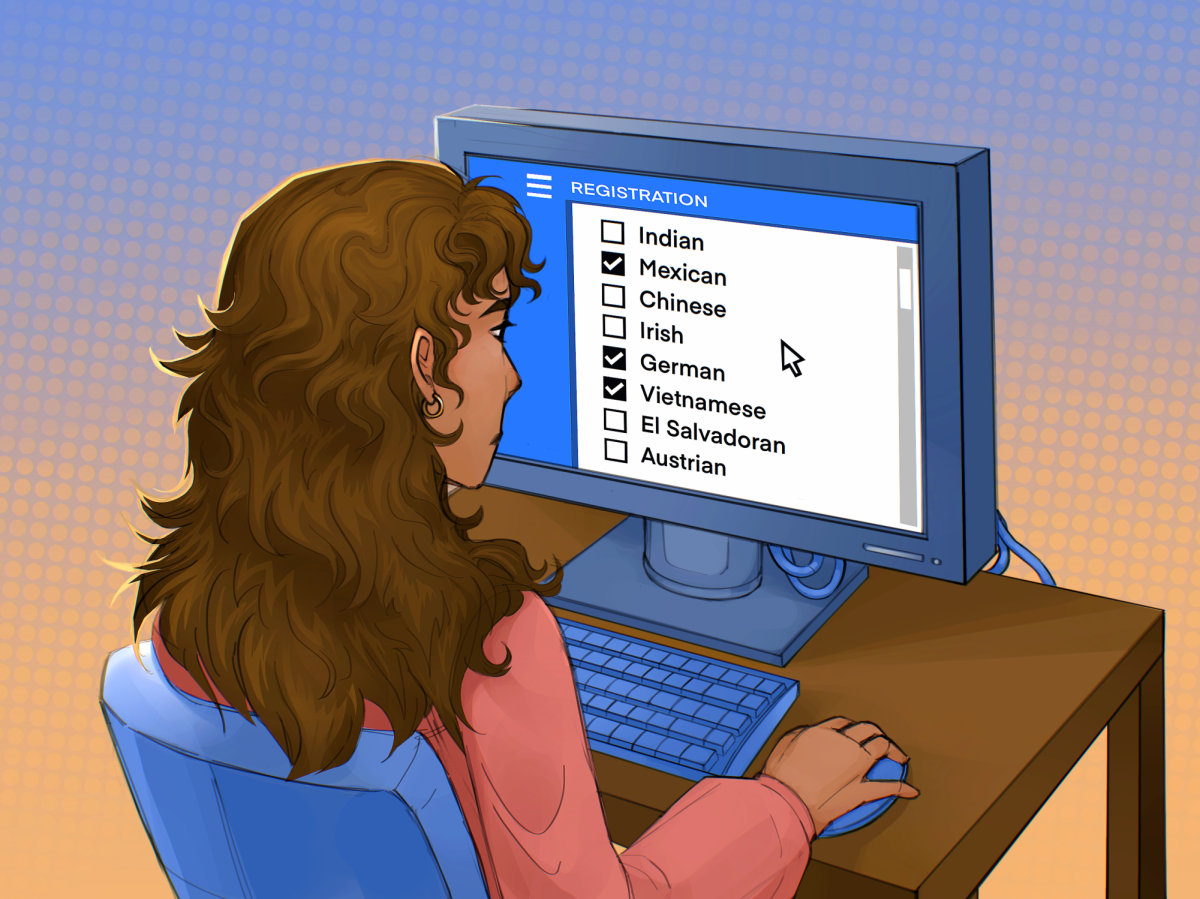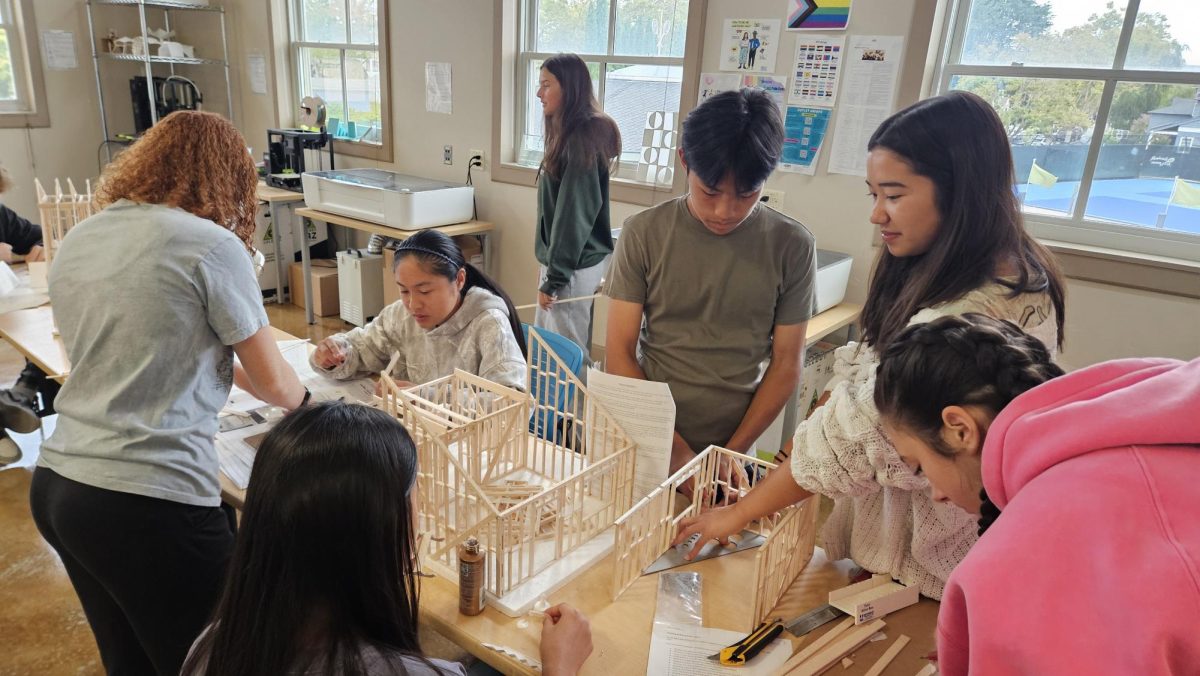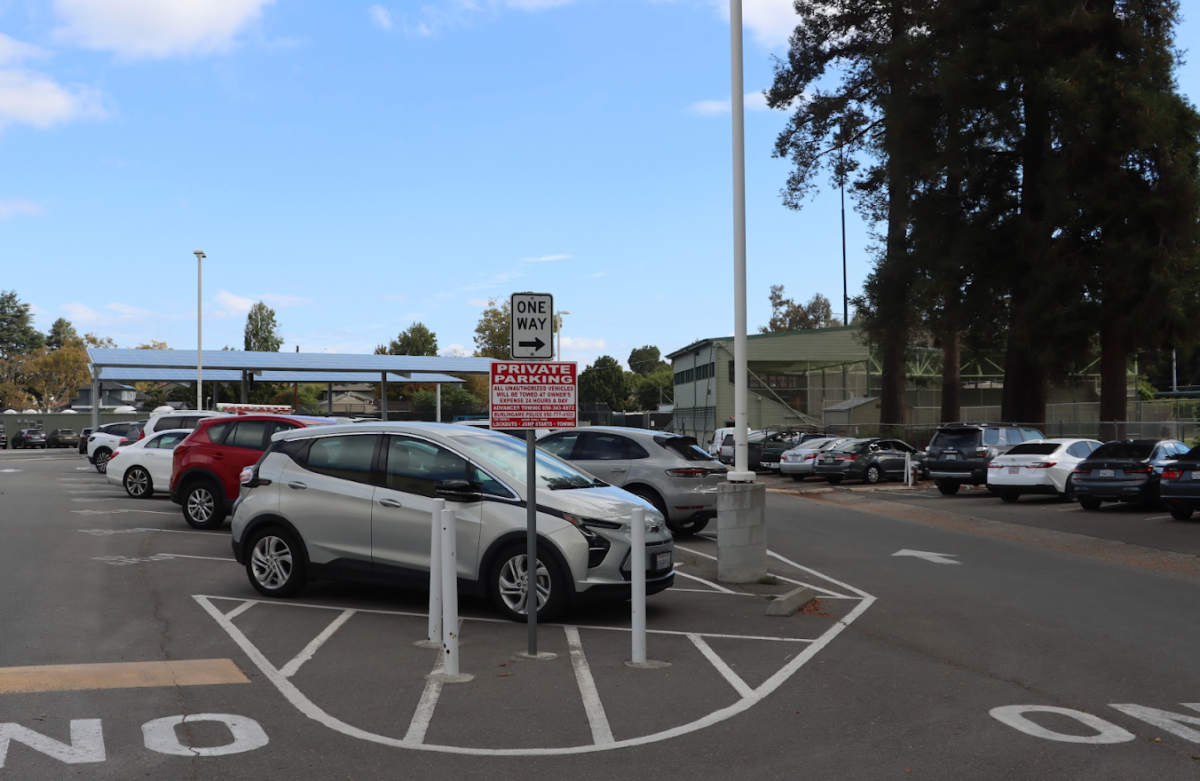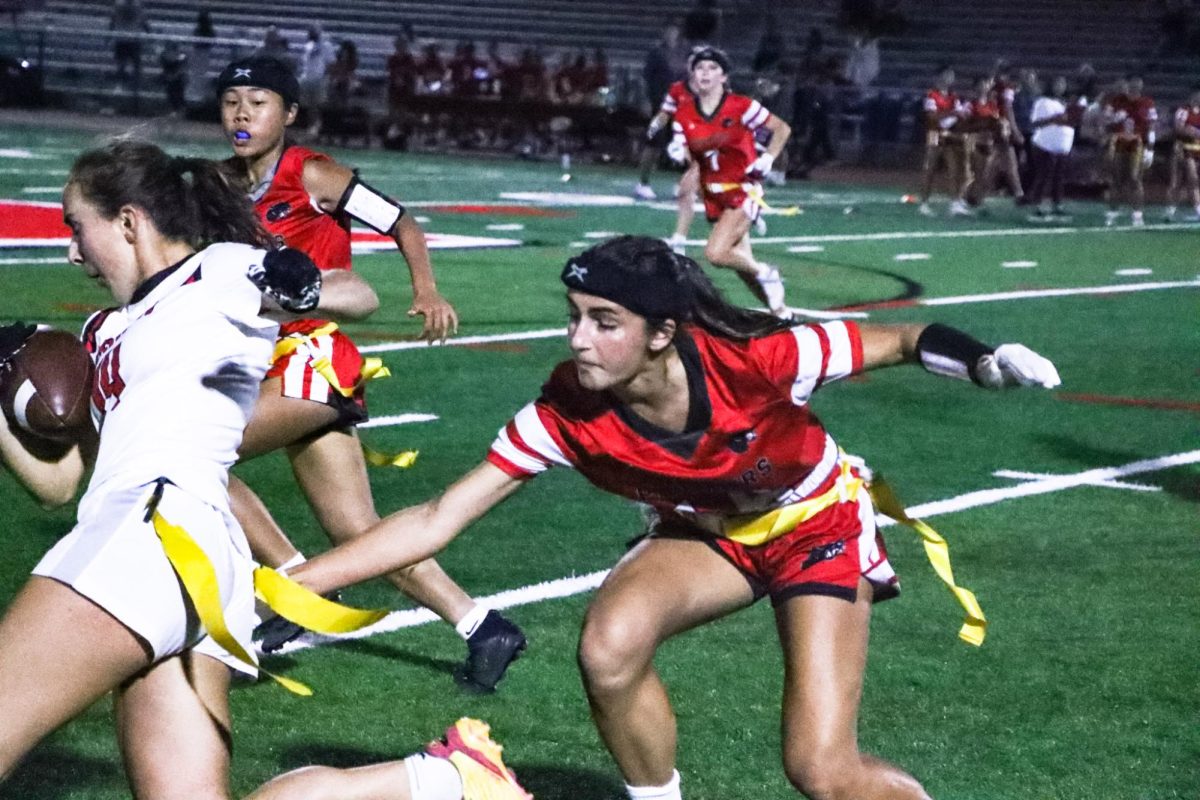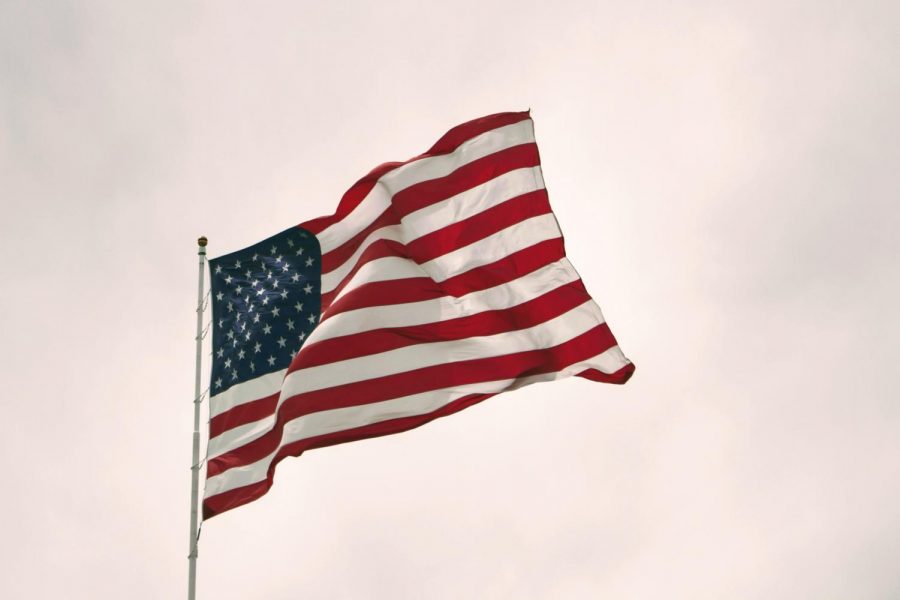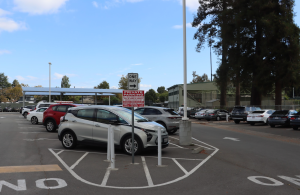Evolution of American flag raising red flags
April 30, 2019
I am not a patriot. Yes, I am grateful to live in America, where I have free primary education, access to clean water and the right to vote. My gratitude, however, is different than pride in the country.
Though I have never been extremely patriotic, since the 2016 election I have become more consciously averse to patriotism. Under the Obama administration, I was happy to be from America, yet I never felt the need to fly the flag. As a result of the United States’ recent conservative policies and ideas, when traveling outside of the country I am embarrassed to be from America, something I would have willingly shared in previous years.
Over the past few decades, the American flag has evolved into a right-wing symbol, and I view it as representative of conservative ideals. A friend and I recently had a conversation in which she said that seeing the American flag in someone’s Instagram bio causes her to think they support Trump or at least have a more conservative viewpoint. For this same reason, I wouldn’t fly the American flag—I worry that people will think I am conservative and judge me. This show of patriotism is something I refrain from because I do not support the current administration nor want others to think I do.
Due to the evolution of the meaning of the flag, any show of patriotism is presumed to be born out of conservative ideas and not just a show of unity between citizens, as it should be. The American flag isn’t for any group in particular; it unites people under common goals, values and history. This is what people should think of when they see the flag, not one particular presidency or a set of ideas they disagree with.
Since Trump’s election, political and social division in the country has been more noticeable, as people congregate in groups that share similar viewpoints and remain solely in said groups. The lack of communication between citizens creates a lack of empathy and understanding of other people’s ideas, resulting in political echo chambers. In order to make people more comfortable with shows of patriotism, such as the waving the flag, we need to have more conversations in order to reach a point of understanding. Hopefully, these conversations will lead to the realization that the flag is for everyone.

